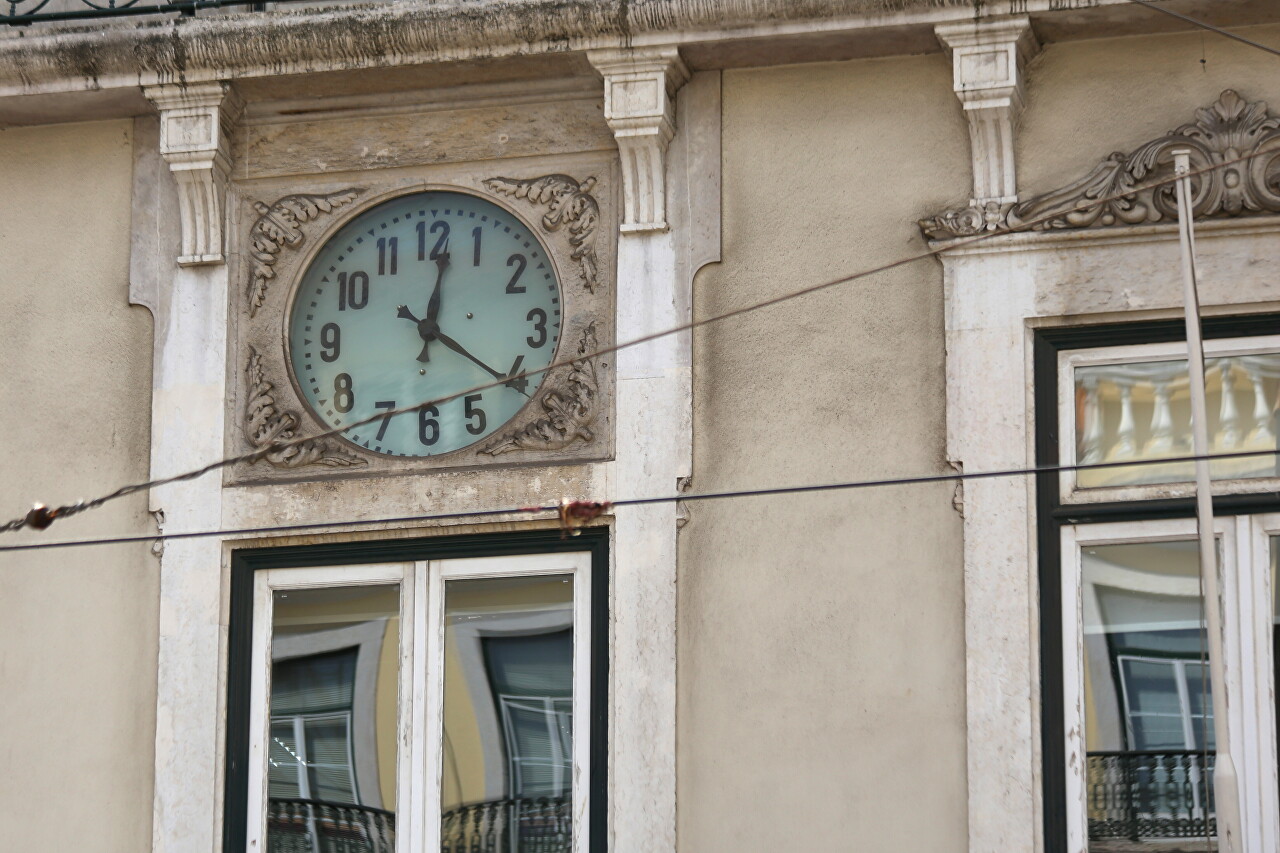Largo do Chiado
Rua Garrett took me to the square that gave the neighborhood its name and is its center. In the Middle Ages, this was the outskirts of the city, along the northern border of the current square was the city wall with the gate of St.Catherine (Portas de Sanata Katerina). The gate was guarded by two towers built in 1375. The walls were destroyed during the Great Earthquake of 1755 and the churches of the Incarnation (Igreja de Nossa Senhora da Encarnação) and Loreto (Igreja de Nossa Senhora do Loreto dos Italianos) now stand on their foundations. The name of the square and quarter comes from the name of the owner of the tavern, which in the 16th century was in the lower part of Rua Garret, on the site of the Armazéns do Chiado shopping center. From 1771 to 1853, the Loreto drinking fountain operated on the square, fed by the Aqueduto das Águas Livres aqueduct. The fountain was decorated with a statue of Neptune The statue of Neptune, today the statue can be seen in the Arrois area, in the center of the fountain on Largo de Dona Estefânia.
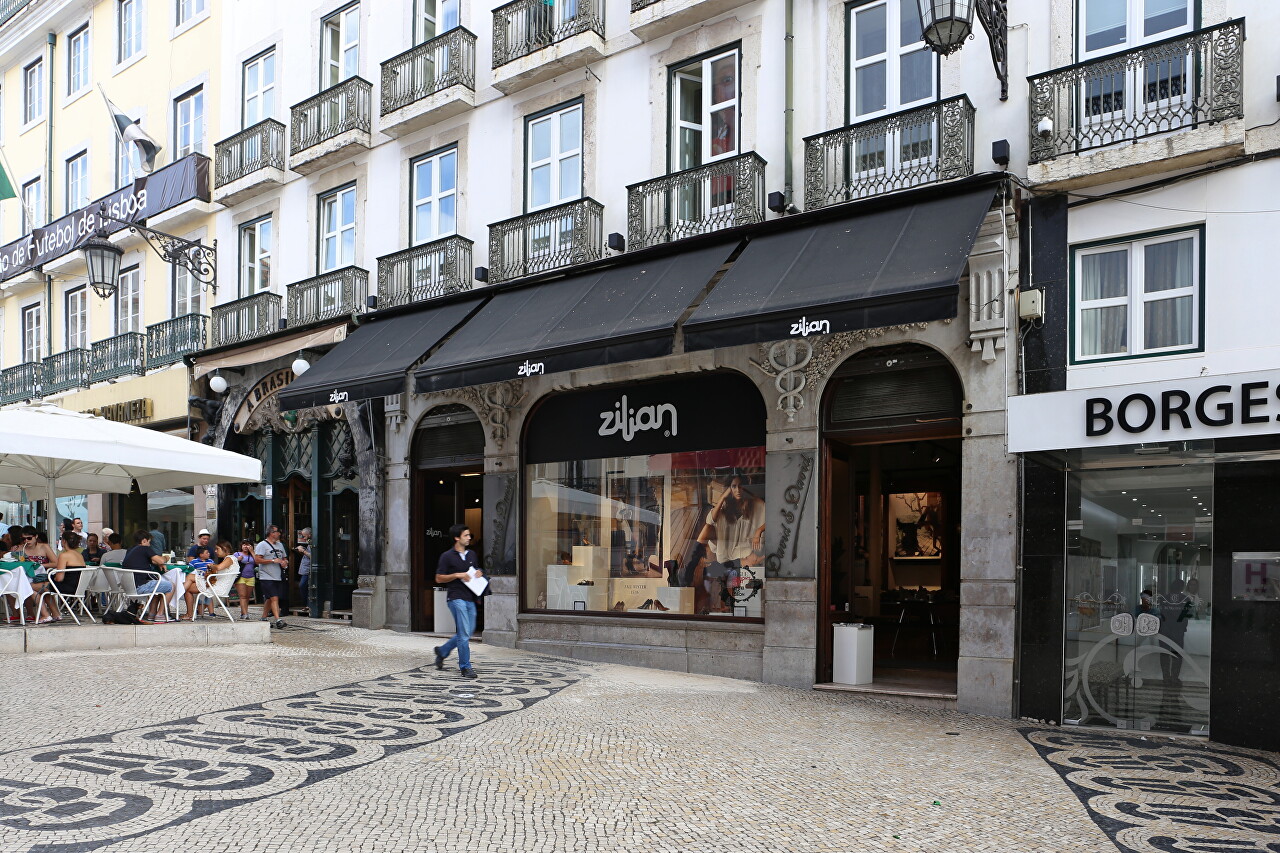
Now on the site of the fountain we can see a monument to the poet and playwright, known for his satirical works, Antonio Ribeiro Chiado (António Ribeiro "O Chiado", 1520-1591). Antonio was born in Evora, in a poor family, his parents sent him to a convent of the Franciscan order. In adulthood, he left the monastery, however, without much changing the way of life. The poet kept a vow of celibacy, adhered to moderation in everything, despite the fact that he "hung out" in a bohemian environment, wore monastic robes. In Lisbon, Ribeiro lived on what is now Garret Street, formerly called Chiado, for which he received his middle name. Antonio Ribeiro was popular not only as a writer, but also as a wonderful imitator of voices, gestures and characters of famous figures of that time. The monument was opened in 1925, the sculptor Jose Soares (Jose Alexandre Soares) depicted the satirist in monastic clothes and with an ironic smile.
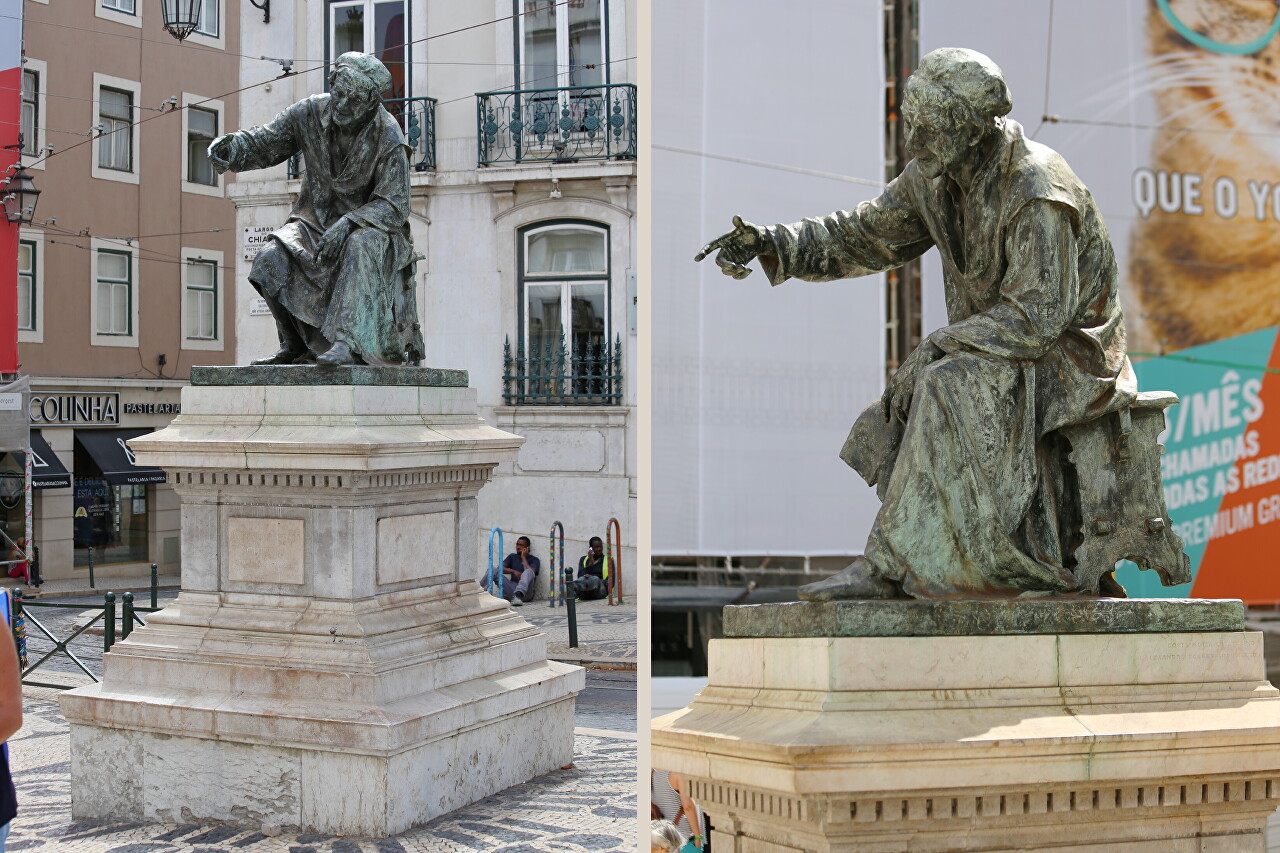
Another attraction of the square is the coffee shop A Brasileira. In 1903, the Brazilian entrepreneur Adriano Telles opened a shop selling Brazilian coffee in Porto. To customers who took a kilogram or more of grains, he offered a small cup of strong coffee with fresh goat's milk for free. On November 19, 1905, Telles opened a similar store in Lisbon.
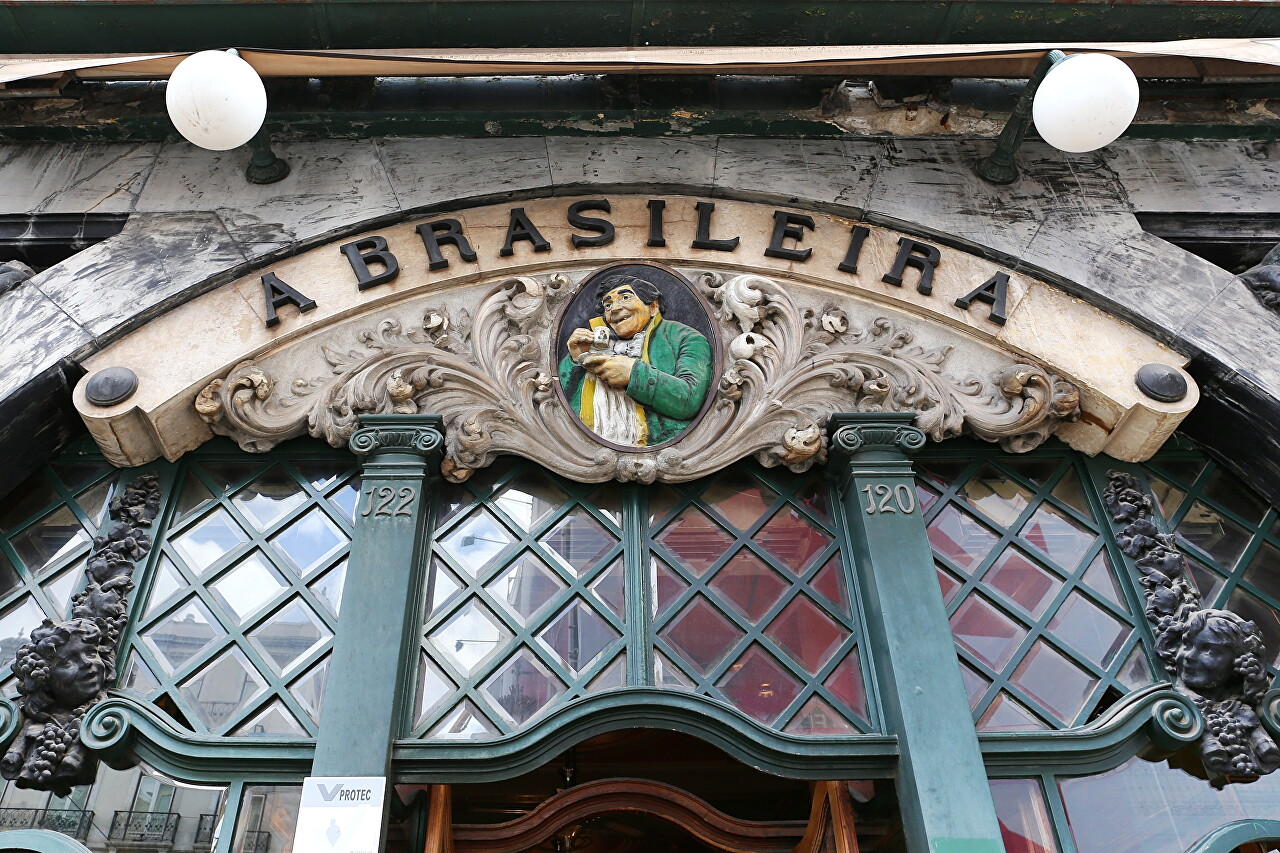
Three years later, the store opened a small cafe. By 1922, its popularity was already such that the owner decided to convert the store into a restaurant. The remodeling project was commissioned by architect Jose Pacheco. The entrance was decorated in Art Deco style in green and gold colors, the interior included mirrored walls, copper fittings, a long oak bar counter and wooden booths.
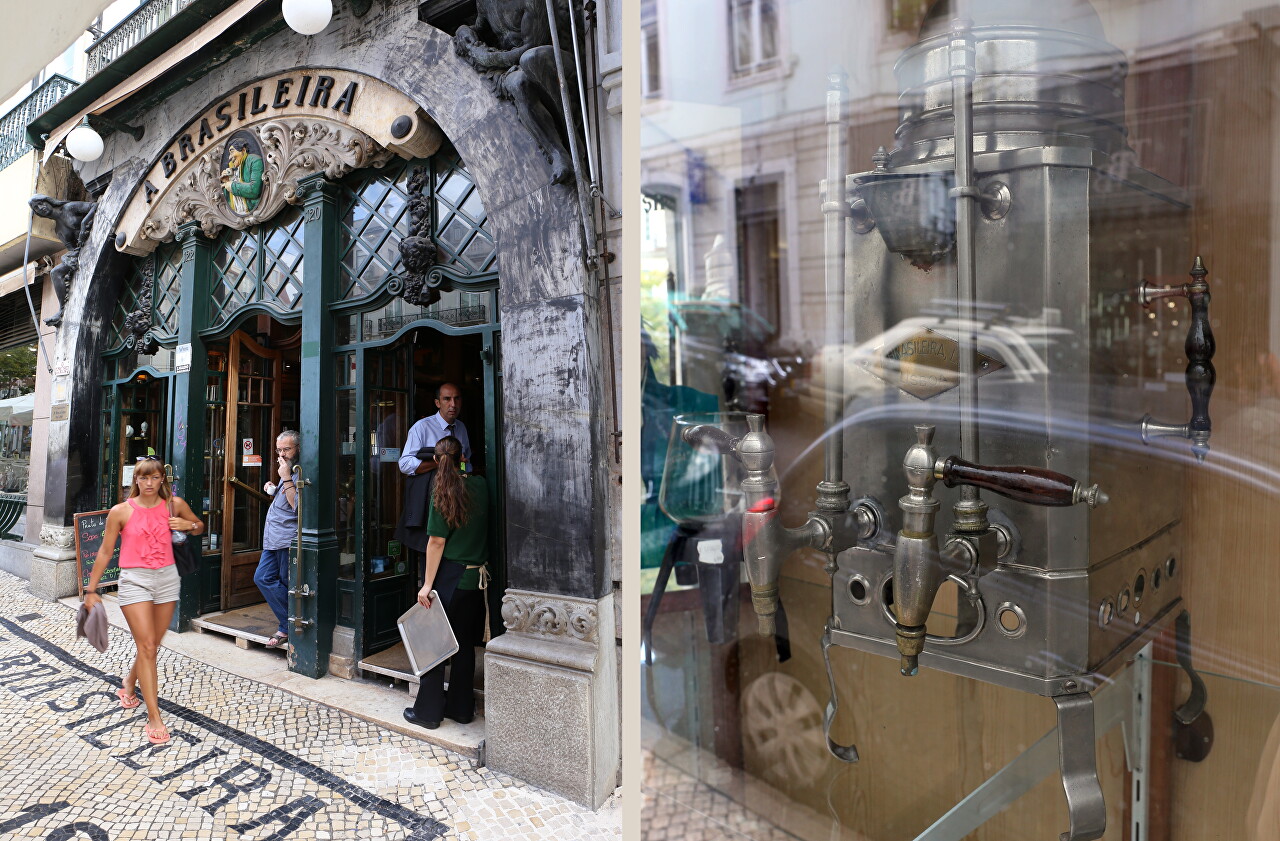
In the second half of the twentieth century, the cafe fell into disrepair, and was on the verge of closing, but was able to survive financial difficulties. In 1993, the cafe applied for funds from the Lisboa 94 Capital Europeia da Cultura program to renovate and restore the building.
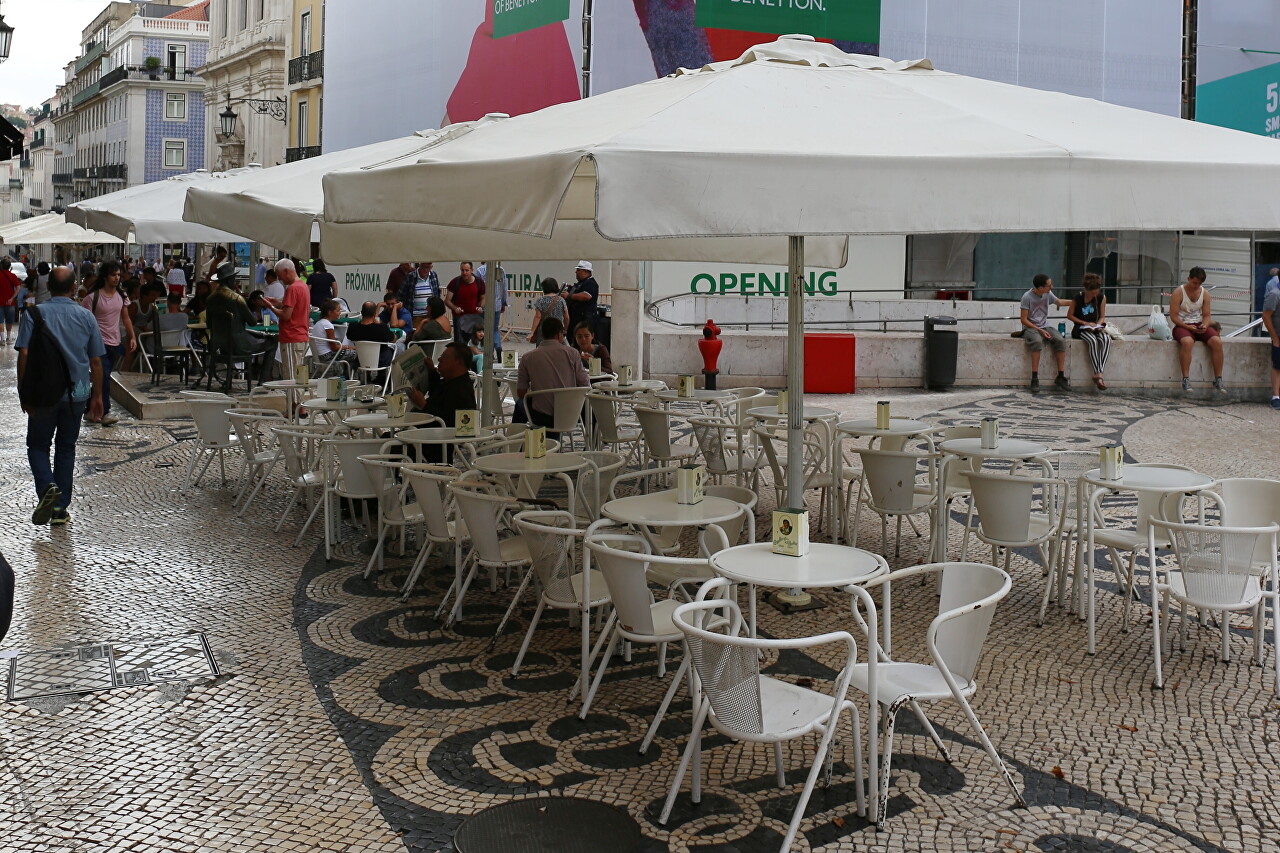
During the era of the First Portuguese Republic, the cafe became a popular place among the liberal, intellectual and artistic public. Among them was Fernando António Nogueira Pessoa (1888-1935), who became a symbol of Lisbon's avant-garde and modern Portuguese literature. This is a truly multi-faceted personality: he wrote poetry and prose, was well known as a playwright, translator, thinker-essayist and music critic. Now, next to the cafe A Brasileira, you can see the sculpture of Pessoa sitting at a table.
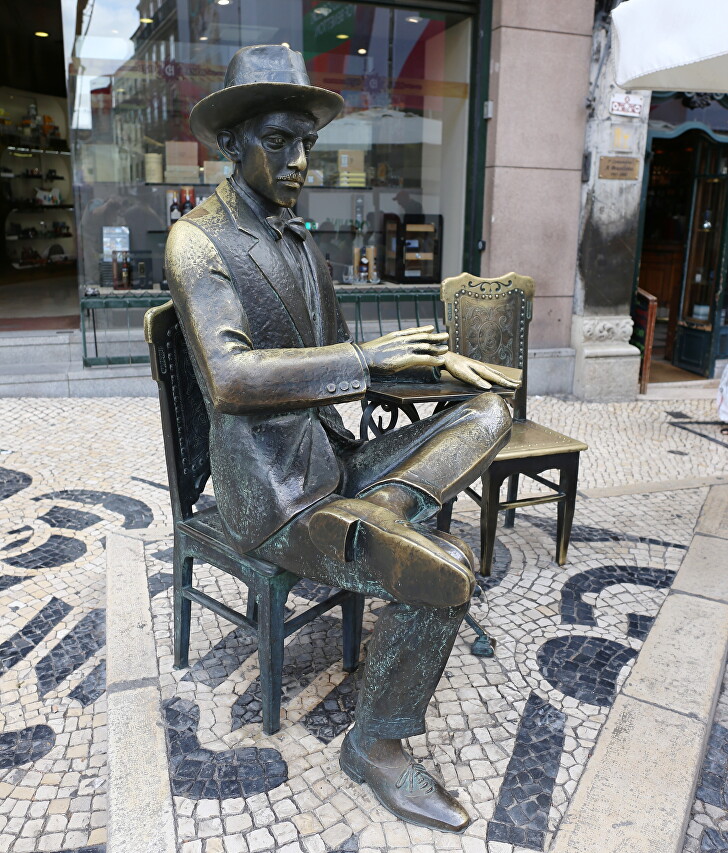
The oldest building on the square, the Palácio Ferreira Pinto Basto, was built in 1791 as the residence of a major merchant, Francisco Higino Dias Pereira, and changed hands many times after his death in 1081. In 1805, Lisbon was occupied by Napoleon's troops and the palace was occupied by Jean Andoche Junot. In 1827, the palace became the property of industrialist and merchant Jose Ferreira Pinto Basto, founder of the famous Vista Alegre porcelain factory. In 1830-1833, the new owner carried out a major renovation, the interiors were decorated with paintings of the ceilings on the first floor by the artist Albino Moreira da Cunha.
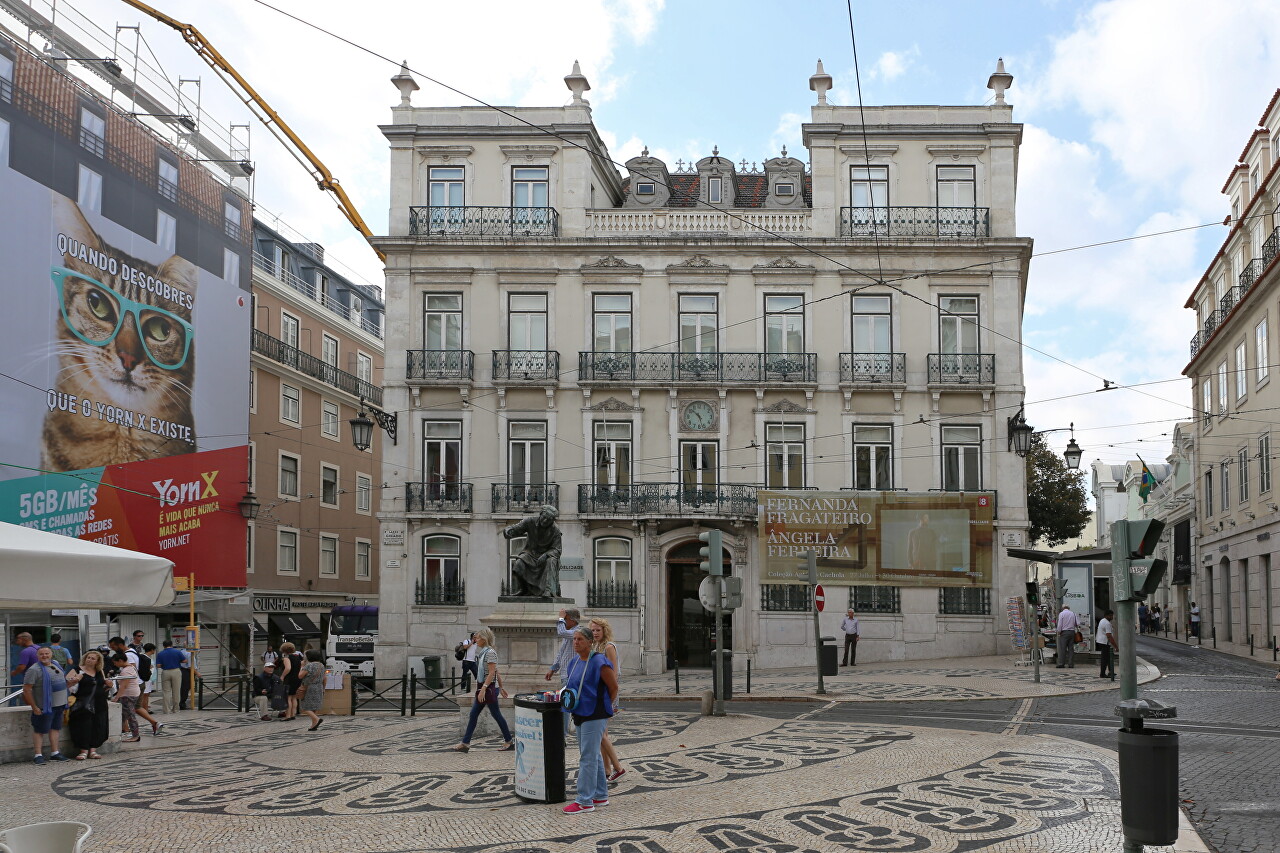
After the death of the owner in 1843, the palace was several times a bank, hotel, apartment building, residence of aristocrats and merchants. Finally, in 1913, it became the office of the insurance company A Mundial, in which capacity it still remains. In 1944-1950, the building was rebuilt, preserving on the second floor the appearance of the 19th century and wonderful murals.
